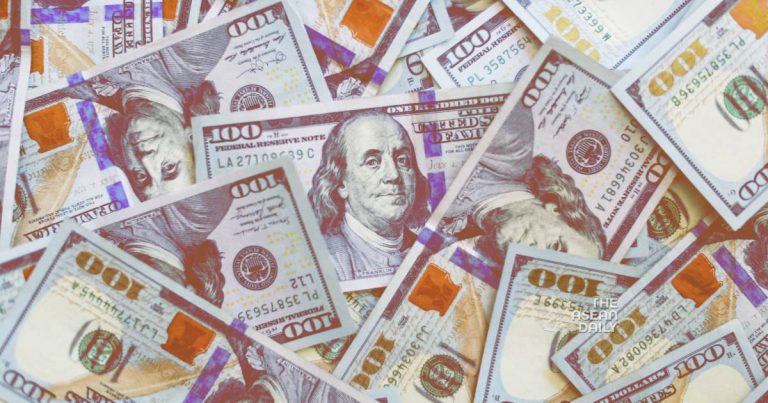10-10-2023 (WASHINGTON) The U.S. dollar experienced gains in late trading on Monday amid growing investor unease over the potential for an escalation and prolonged conflict in one of the world’s most politically volatile regions.
Risk sentiment remained fragile as Israel announced the unprecedented call-up of 300,000 reservists and urged residents in certain parts of the Gaza Strip to evacuate, raising speculation of a potential ground assault against the militant group Hamas.
In late trading, the dollar index, which measures the currency against a basket of six major peers, saw a slight increase of 0.03 percent, reaching 106.0778.
While the conflict remains confined to Israel and Hamas, market strategist Marc Chandler from Bannockburn Global Forex in New York expressed optimism that attention could shift back to economic fundamentals. Chandler stated, “I’m still not convinced that geopolitics is going to drive the markets.”
Klaas Knot, a policymaker at the European Central Bank, warned that if other nations in the region become involved in the Israel-Hamas conflict, it could result in increased inflation in the eurozone, further exacerbating the ongoing surge in oil prices.
In late New York trading, the euro weakened against the dollar, falling to 1.0566 from 1.0591 in the previous session. Similarly, the British pound declined to 1.2236 U.S. dollars from 1.2244 dollars.
U.S. Treasury trading remained closed on Monday due to the Columbus Day and Indigenous Peoples Day holiday. However, Federal Reserve Vice Chair Philip Jefferson emphasized the need for caution in determining whether any additional increases are necessary in the benchmark policy interest rate. Jefferson acknowledged the recent rise in long-term U.S. bond yields as a factor that has placed the central bank in a “sensitive” position regarding monetary policy management.
In late trading, the U.S. dollar weakened against the Japanese yen, a traditional safe-haven currency, as it bought 148.4380 yen compared to the previous session’s 149.3570 yen. Against the Swiss franc, the dollar slid to 0.9054 from 0.9094, and it dropped to 1.3586 Canadian dollars from 1.3655. However, the U.S. dollar gained ground against the Swedish krona, rising to 10.9607 from 10.9390 krona.




